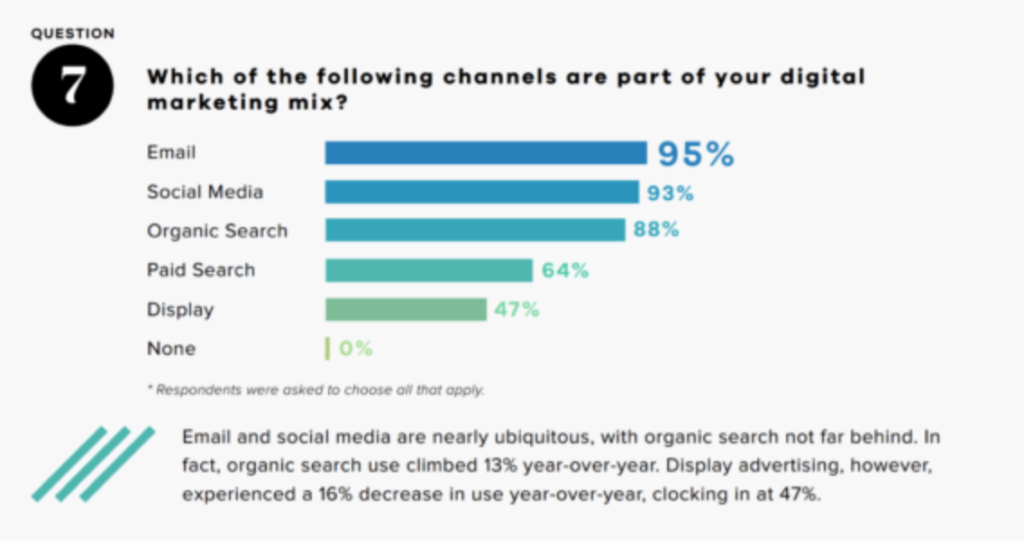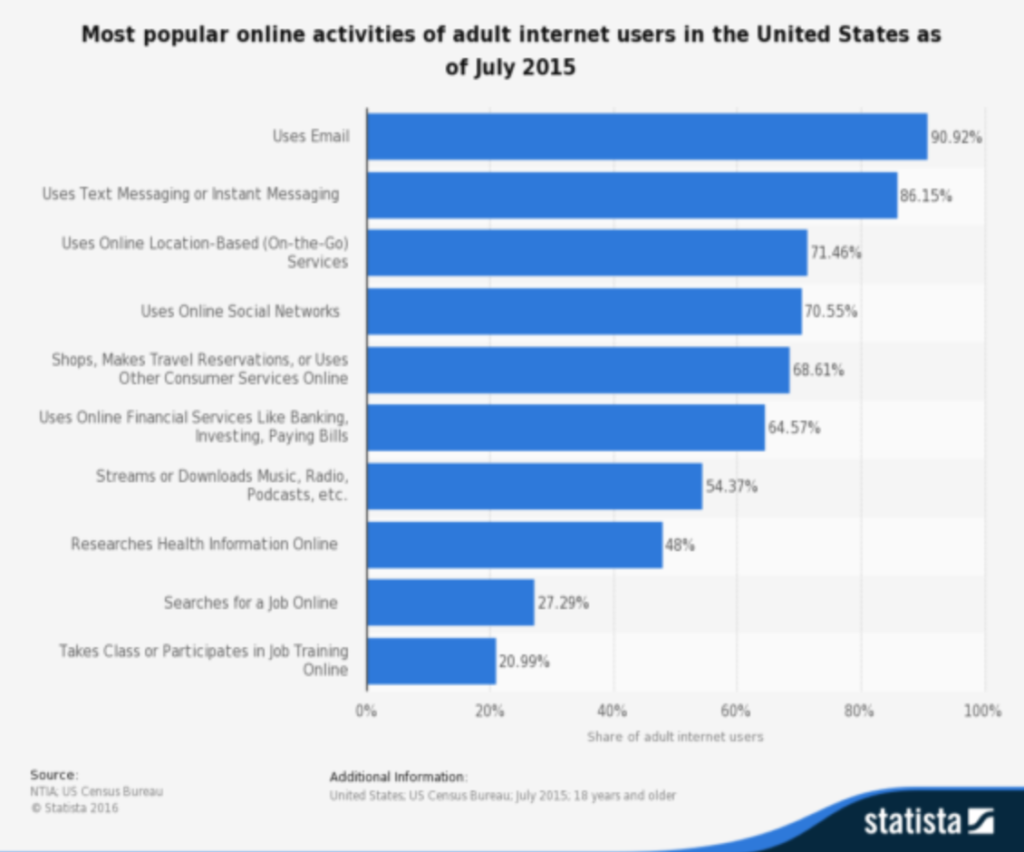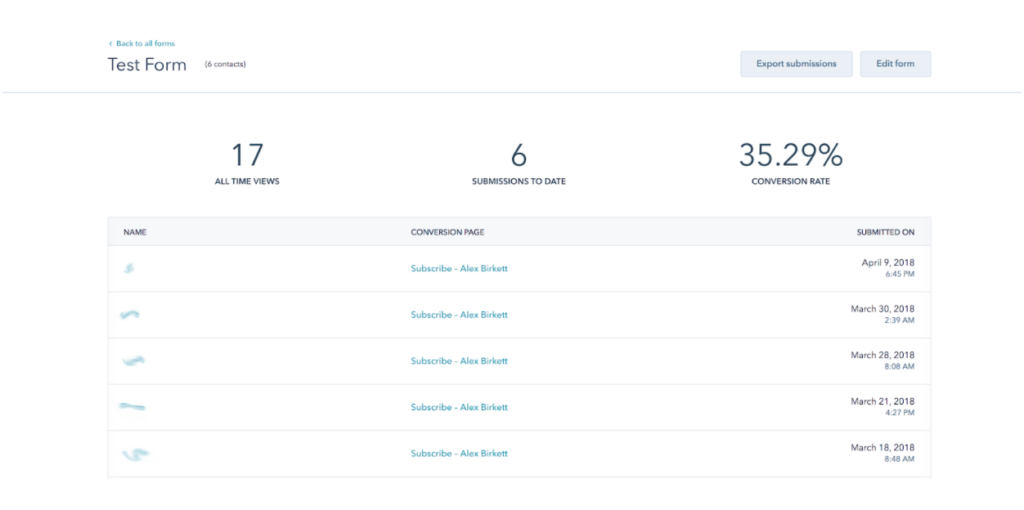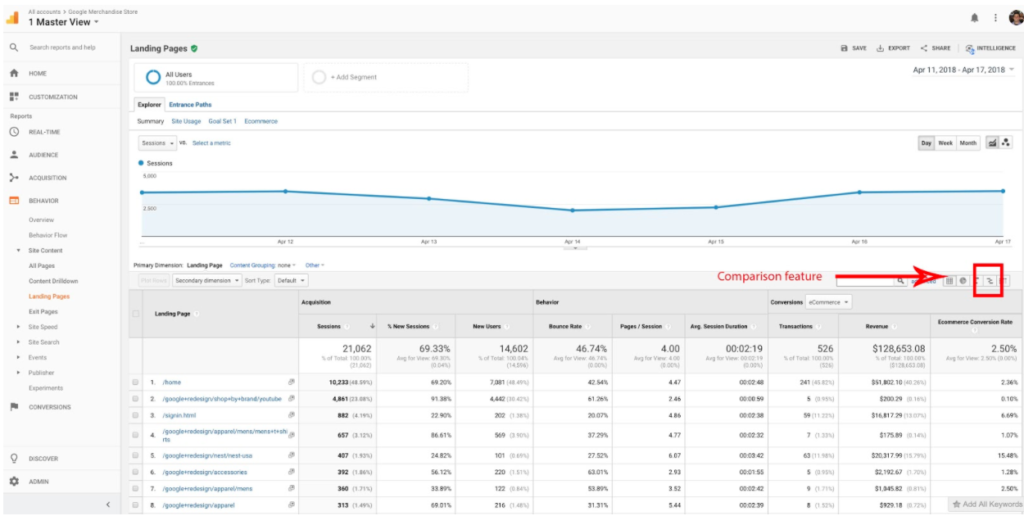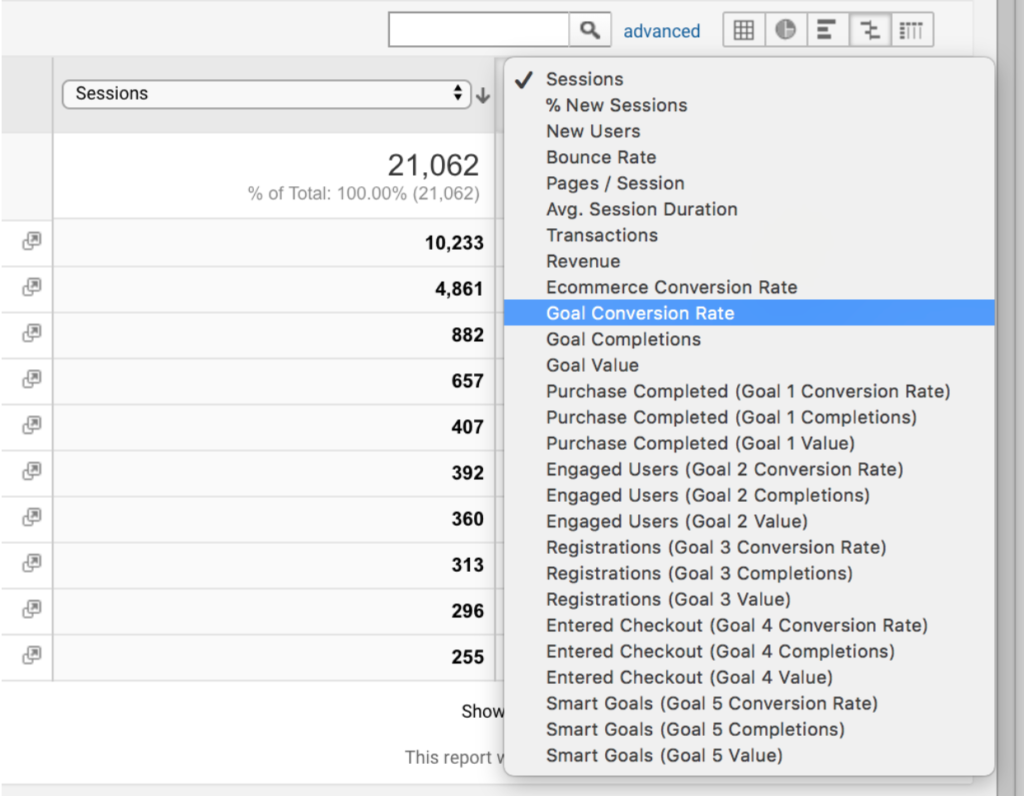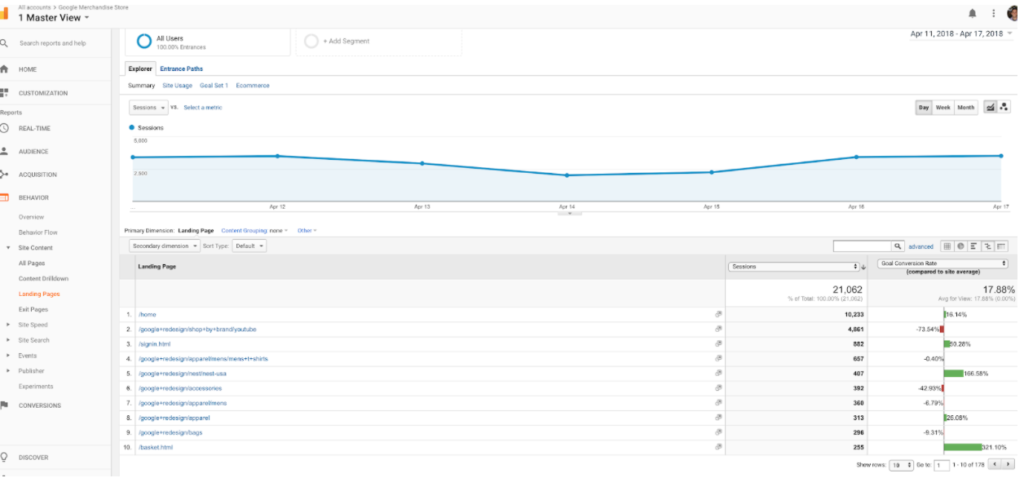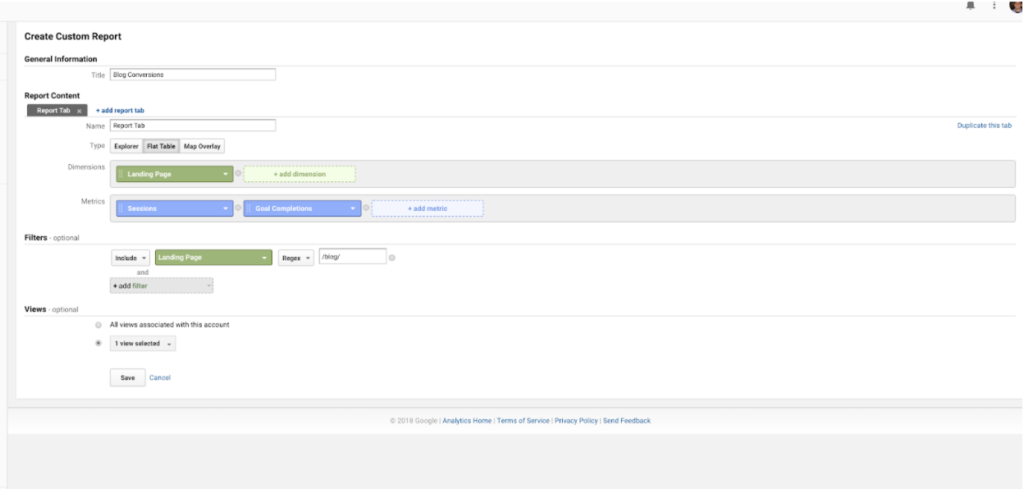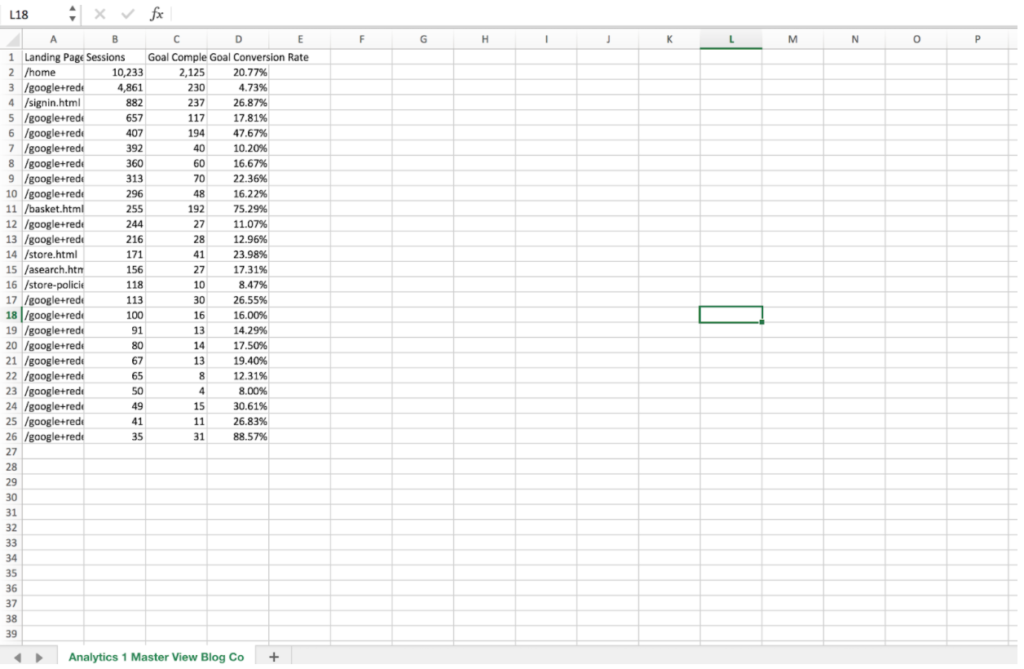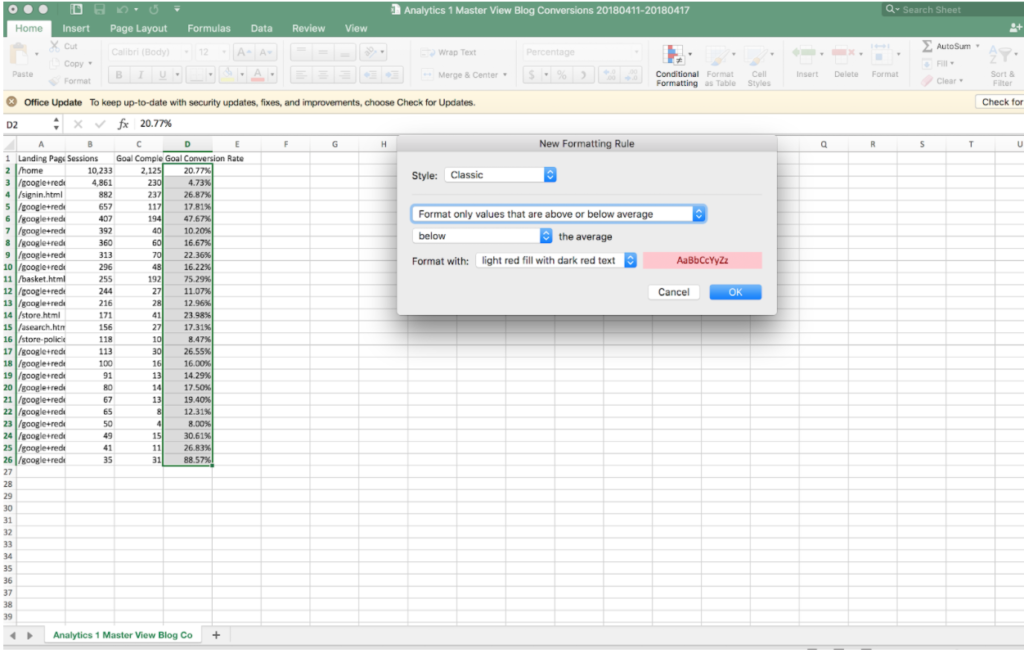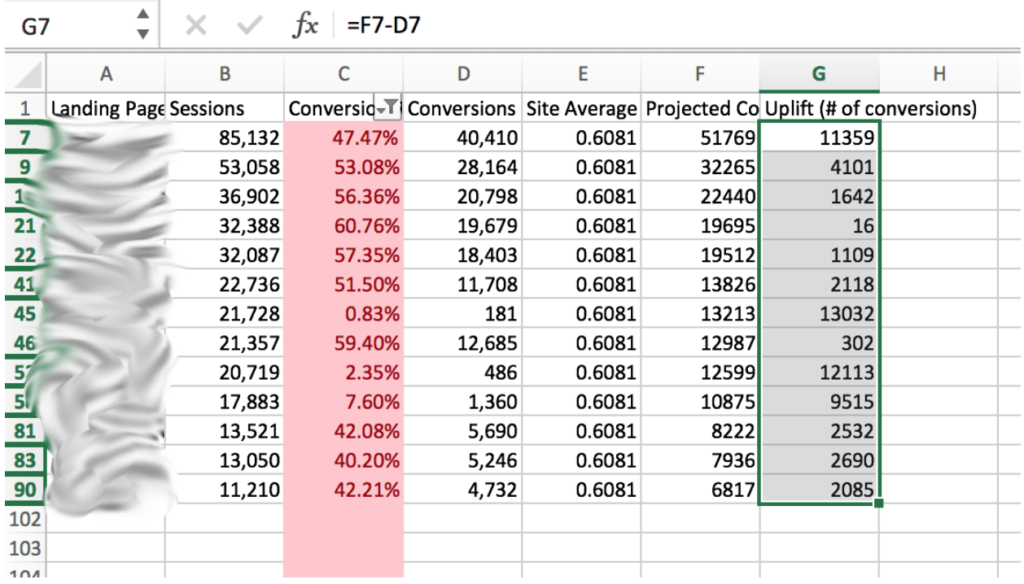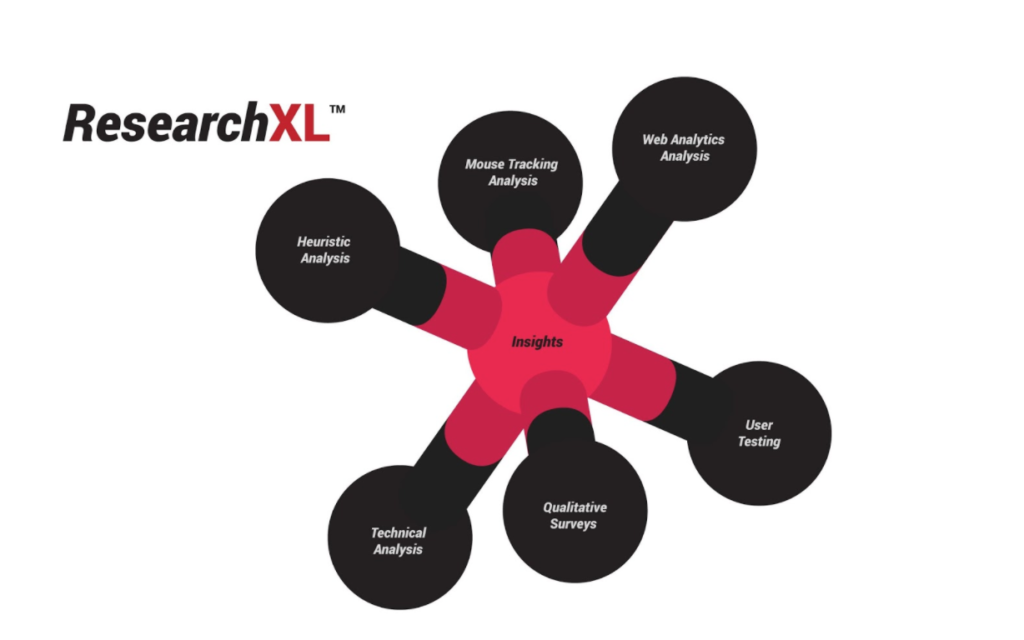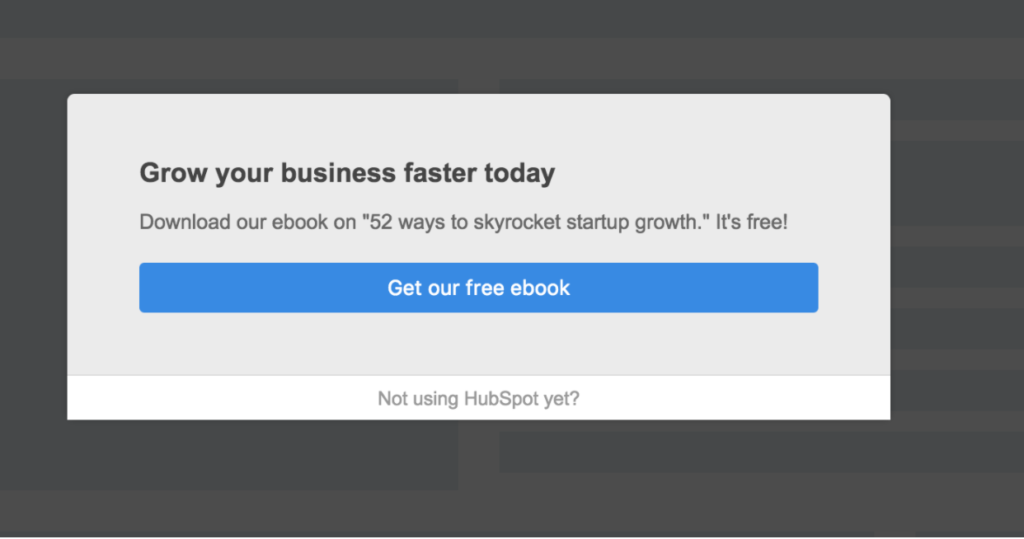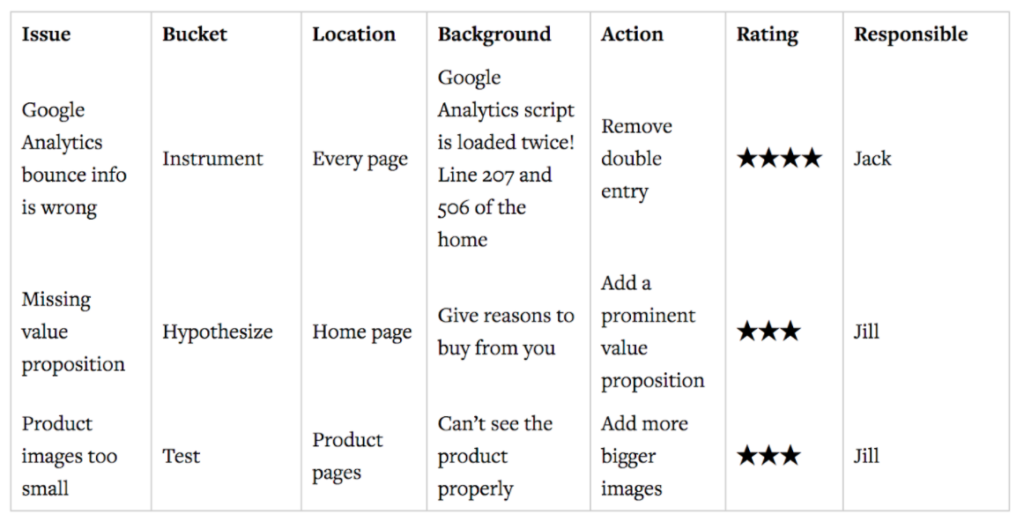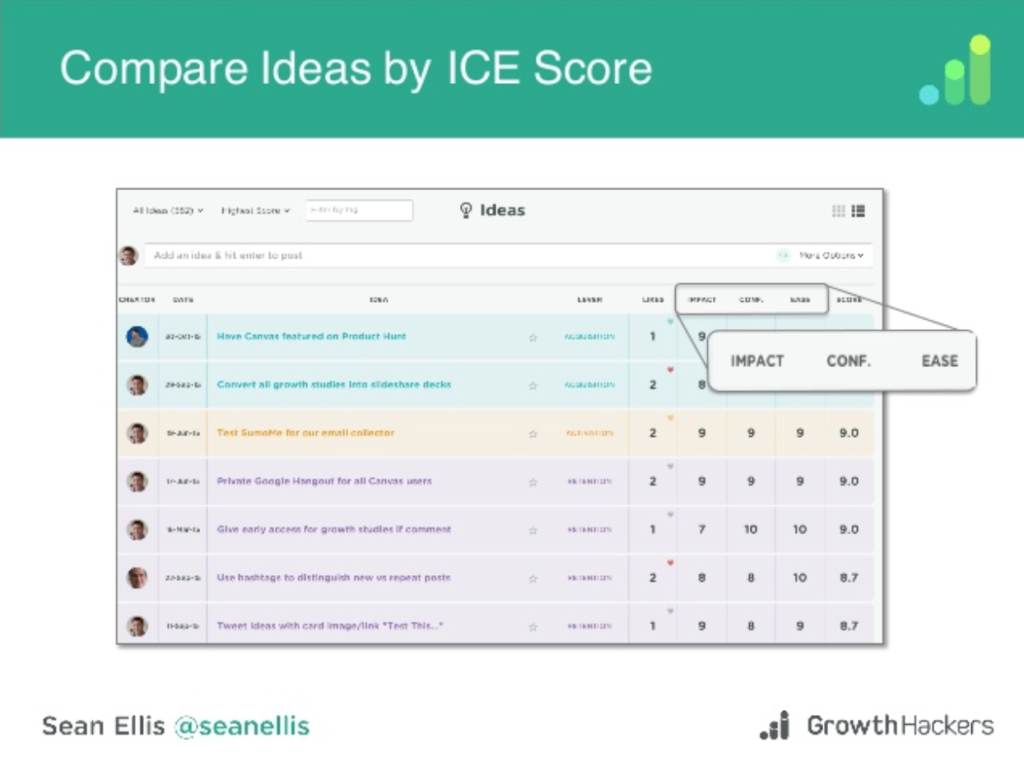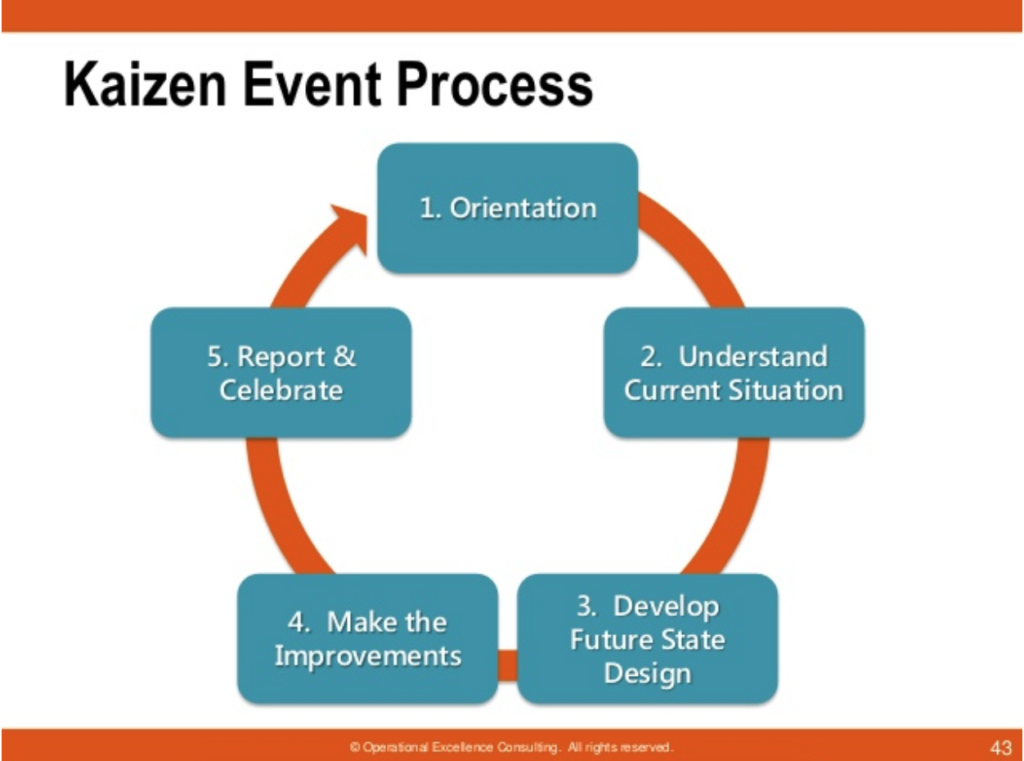If you’re not collecting emails on your website, you should be. If you’re currently collecting emails on your site, you could be collecting more.
We all could be. That’s where conversion optimization comes in.
Email list building is important for any website, but particularly for those publishing content (no matter what business type).
If email signups are valuable to you, this article will cover a four-step process for increasing your email signup rate.
The Money is in the List
Most marketers intuitively understand the importance of a healthy email list. It’s an owned asset. It won’t shut down on you, and it’s not as affected by algorithm changes as other channels, like social channels.
It’s also a permission-based asset, as Seth Godin wrote about a long time ago in Permission Marketing. If people sign up for your list, it’s usually because they genuinely want to get emails from you, which is powerful.
That’s why it’s the dominant channel for marketers.
In addition, the ROI is high. I’ve seen studies quoting that you get $44 back for every $1 you spend on email marketing (though, who knows the veracity of those claims?). Even if it’s not as high as that, most studies show a huge ROI with email marketing.
We all know, intuitively that email marketing is great. But there are benefits beyond the obvious, at least according to Mark Lindquist, a marketing strategist at Mailshake:
“I’ve never met a marketer who doesn’t agree that email is their most profitable channel, but it even offers a lot more than that.
Building relationships with other tools and content creators in our space is a lot easier when we can tell them we have a huge email list to promote them through. It also gives us a chance to communicate directly with customers and folks interested in our content one-on-one, which informs our product strategy and gives us an idea of what problems we should focus on solving for them.”
Also, (nearly) everyone uses email. You can simply reach more people with an email than you can using other channels.
No matter what, it all starts with collected emails and building out a strong email list. This means collecting a high quantity of emails but also collecting quality email addresses.
To do this, there are a variety of tactics available, usually thought of as inbound marketing. You write content, offer a lead magnet in exchange for an email, and have a visitor fill out a form.
Simple though this sounds, there’s a lot of variance in how marketers execute on this. Some are quite bad, some are excellent, and most are in the middle with lots of room for improvement.
Let’s talk about how to improve your email list building strategy, in four steps:
- Audit your current setup
- Build a backlog of ideas and experiments
- Prioritize
- Launch, Analyze, Iterate
Step 1: Audit Your Current Data
To get where we’re going, we need to know where we currently are.
The best way to do this, I’ve found, is running through a systematic audit of your current assets and data.
While you can do this in many ways depending on your site and setup, here’s how I would do it:
- Pull your traffic numbers
- Pull your conversion numbers
- Find pages that are over or under-converting compared to the average.
The hard part of a blog post is telling you how to pull that data because we all have different data collection setups.
The most common way is to just get the info from your marketing software. Most email capture products you’ll use will tell you which page they’re served up on along with their conversion rate and conversion count. For instance, you can find this data in HubSpot’s form builder right in the dashboard, so all you need to do is export it over to a spreadsheet to lace it up with your traffic data.
Another thing you can do is pull this data directly from a Google Analytics report. This does, however, mean that you need to have a goal set up for your subscription form submission. This isn’t usually hard to do, but it’s necessary for this report.
What you’re going to do is go to your Google Analytics account and navigate to the Behavior > Site Content > Landing Pages report. When you’re there, you can choose the comparison feature instead of the table feature (highlighted below):
Then, instead of Sessions, choose to compare Goal Conversion Rate to the site average:
You should end up with a slick comparison where you can see what is under and over-performing in terms of conversions.
That’s a high-level view of your data; what I like to do most of the time, instead, is to pull this same information but bring it over to Excel.
To do that, you’ll want to create a custom report. You’ll use the same dimensions and metrics as before, but lay them out in a flat table, as such:
Note that I used a filter to only include landing pages with /blog/ in the URL. This is optional, and it depends on how you’ve structured your site.
Go ahead and create that report and then export it to a CSV file. Open it up in Excel and it should look something like this:
Finally, we’re going to make this easier to read with conditional formatting. Open up conditional formatting options, and choose to highlight only cells that are lower than the average.
Now you’ve got a good outlook for which pages you should start looking at.
Next, you need to audit your creative. Start doing so on the pages that have the biggest conversion rate discrepancy. As I noted in a past blog post about content optimization, you can actually weigh out the potential effect size of conversion increases by seeing how many absolute conversions you’d gain by bringing up a page to the site average.
This is a good way to prioritize opportunities (more on prioritization coming up).
You’ve got good data, now, on what and where you should optimize. Next, we’ll run through some qualitative feedback and frameworks to discover possible hows.
Step 2: Build a Backlog of Ideas and Experiments
The end goal of this step is to have a solid understanding of your visitors’ psychology and why certain pages and forms are converting less well than others. We’re also looking for potential solutions to these problems, particularly when we can build out these solutions into an A/B test.
Luckily, again, there are many processes out there for doing this type of analysis. Just a few of them include:
Although ResearchXL is my favorite, it doesn’t much matter what one you use, so long as it answers an important question: what’s currently suboptimal about my user experience, and what are some potential fixes for it?
In many of the models, one of the key variables you’re supposed to analyze is relevance. How does your experience align with expectations? I’ll tell you from experience that relevance is one of the most important conversion factors, particularly with email subscriptions.
Think about it.
You search for customer satisfaction survey templates, end up on a blog post that has a few different examples, and a popup shows up with some vague message about growing your business or an ebook that has nothing to do with customer satisfaction survey templates.
Bad experience, right?
Well, that’s an optimization opportunity. And if you find conversion paths like this, you should note it as such.
I like to compile all my notes, at first, in a Google doc. I use as many notes and images as I can to describe the problem and what I think could be improve.
When everything has been analyzed, I ship it all over to a spreadsheet. If you’d like, you can also use a bucketing system like CXL does.
In any case, you’re going to dump all of your findings here and eventually score them out to see which opportunities you should start working on first.
Step 3: Prioritize Your Ideas
Now that you’ve got a big list of issues, you can start to organize them. If you used a system like I noted above, you’ll have several different types of issues, some of which you can just implement (if there’s no opt-in on a page, for instance), some of which you’ll have to instrument (if there’s not event tracking set up on your form), and some of which you’ll have to test.
The first two (just do it and instrumentation) you should just assign to relevant parties and get them going. We’re going to cover the testing part here.
In order to run tests, we need to spend time, resources, and capital to get those up and running. This means there’s a cost to running a test. But there’s also a reward, in terms of both the upside of winning a test and in the learnings you get to apply to your marketing program at large.
Still, there’s a tradeoff and there’s a risk in running tests. Therefore, it’s prudent to run the tests that need the fewest resources and have the highest upside possible.
That’s why we use prioritization frameworks. Again, I’m not saying anything new here. There are tons of great frameworks out there for prioritizing tests, all of which contain some sort of balance between cost and impact:
Taking an easy and understandable framework, like ICE (Impact, Confidence, and Ease), we can begin to fill in our experiment ideas and score them on a ten point scale on each of those variables. Then you average them and and you’ll have a score by which you can prioritize tests.
It will look something like this:
This isn’t an exact science, and there are several methods by which you can prioritize, but this will help you move in the right direction and focus on the biggest growth levers.
Step 4: Launch, Analyze, Iteration
Finally, when you’ve done the audit, thought up some possible solutions, and prioritized which to run first, you’ll launch and see what happens. There are plenty of materials out there on running a proper A/B test, so I’ll skip over that here and just link out to a few good ones:
- A/B Testing Mastery: From Beginner To Pro in a Blog Post
- Ignorant No More: Crash Course on A/B Testing Statistics
- How to Analyze Your A/B Test Results with Google Analytics
The important thing here is that the process is continuous: you launch a test, analyze the results, learn from what happens, and improve on your next test. It’s “Kaizen,” the process of continuous improvement.
Conclusion
Email list building doesn’t have to be guesswork. It can be systematic like any other type of website optimization.
The process I’ve outlined here is but one of many possible processes by which you can optimize your website, and in particular, your email capture strategy.
It’s been time-tested, though, and if you run through the model, you’re sure to find some conversion opportunities and associated lists.
The important thing is that you run through these steps:
- Audit your current status
- Find opportunities for improvement
- Prioritize opportunities by impact and ease
- Launch tests and learn
The post How to Optimize and Increase Email Subscriptions on Your WordPress Site appeared first on Torque.
